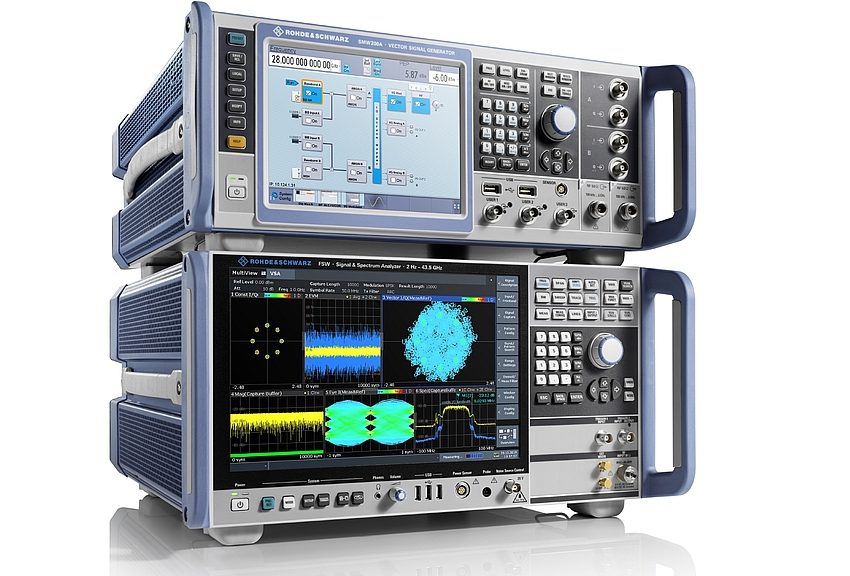- The latest features included in 5G NR Release 17 are set to improve system performance and enable expansion into new applications.
- To address testing challenges in these latest demanding 5G standards, Rohde & Schwarz has introduced a set of coordinated software options for its vector signal generators and signal and spectrum analyzers.
Software options for the R&S SMW200A vector signal generator and R&S FSW signal analyzers have been upgraded to fulfil the exacting requirements of this latest 5G specification. The R&S FSVA3000 signal and spectrum analyzer and R&S SMM100A vector signal generator also handle 5G NR Release 17.
Delivering faster and more responsive experiences in mobile broadband communications, 5G New Radio (NR) is the global standard for a unified, more capable 5G wireless air interface. It promises significantly quicker mobile broadband experiences, extending mobile technology to connect and redefine new and emerging industries.
Some key features for Release 17 include ultra-reliable low latency communications (URLLC) for industrial IoT, integrated access and backhaul (IAB), and radio access network slicing for NR. In addition, 3GPP extends the frequency support to 71 GHz. This extension requires an adaptation of the physical layer, notably the addition of two new subcarrier spacings (480 kHz and 960 kHz), and the support of wider signal bandwidths of up to 2 GHz.
Requirements for high-quality signal test are embodied in a new enhanced dynamic frontend module for the R&S FSW signal and spectrum analyzer. This makes the solution ideal for evaluating any high-end communication components or systems, including 5G NR FR2 or IEEE 802.11ay/ad chipsets, amplifiers, user equipment and base stations.
Moreover, a new 67 GHz frequency option for the R&S SMW200A vector signal generator allows up to 72 GHz in overrange mode. This ensures support of all planned higher frequency 5G bands, as well as the 60 GHz WiGig band, and inter-satellite links. Key attributes of the generator include modulation quality, flat frequency response, and four hardware-based levels of phase noise performance equally apply to the new frequency options.






